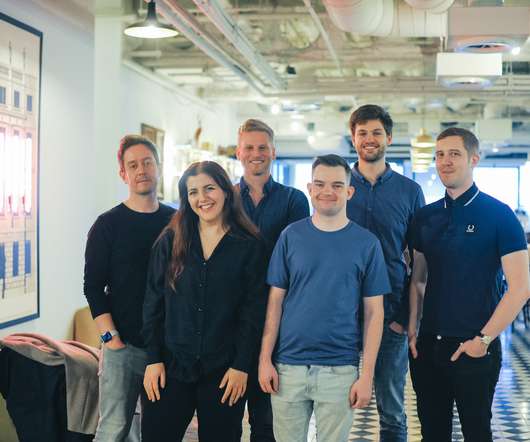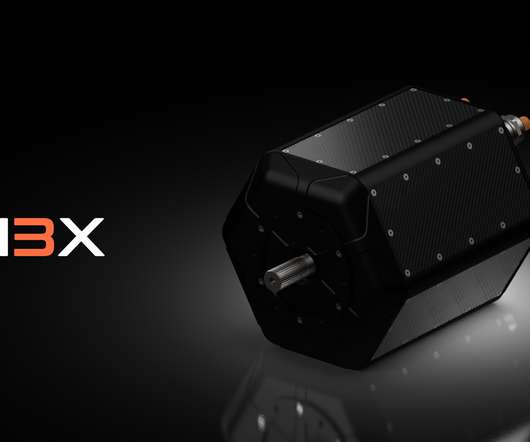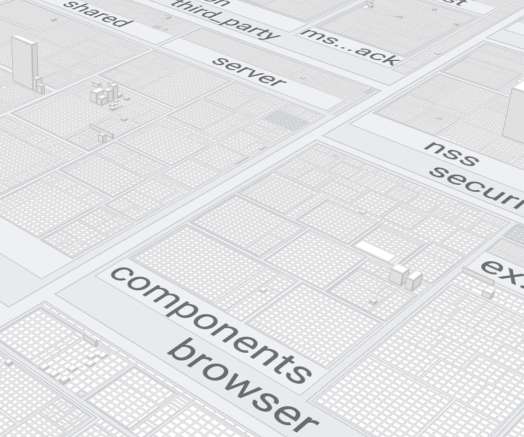DIY: 5 ways disruptive component startups can win over OEMs
TechCrunch
OCTOBER 14, 2022
Creating a disruptive hardware components startup can be quite exciting. But hardware startups are challenging. So there’s no point rushing when building a hardware startup. For example, we made a small digital display device for a supermarket shelf that could be powered wirelessly. Let’s be honest.




















Let's personalize your content